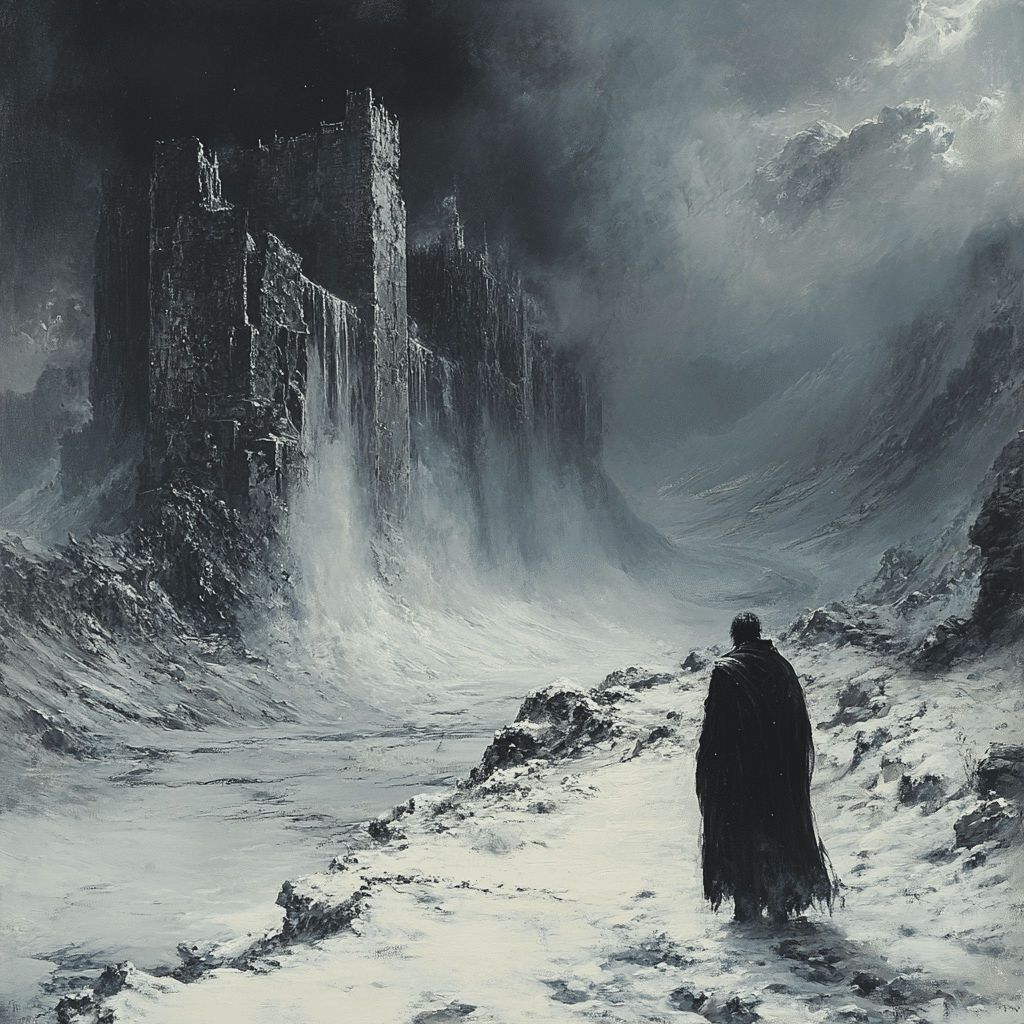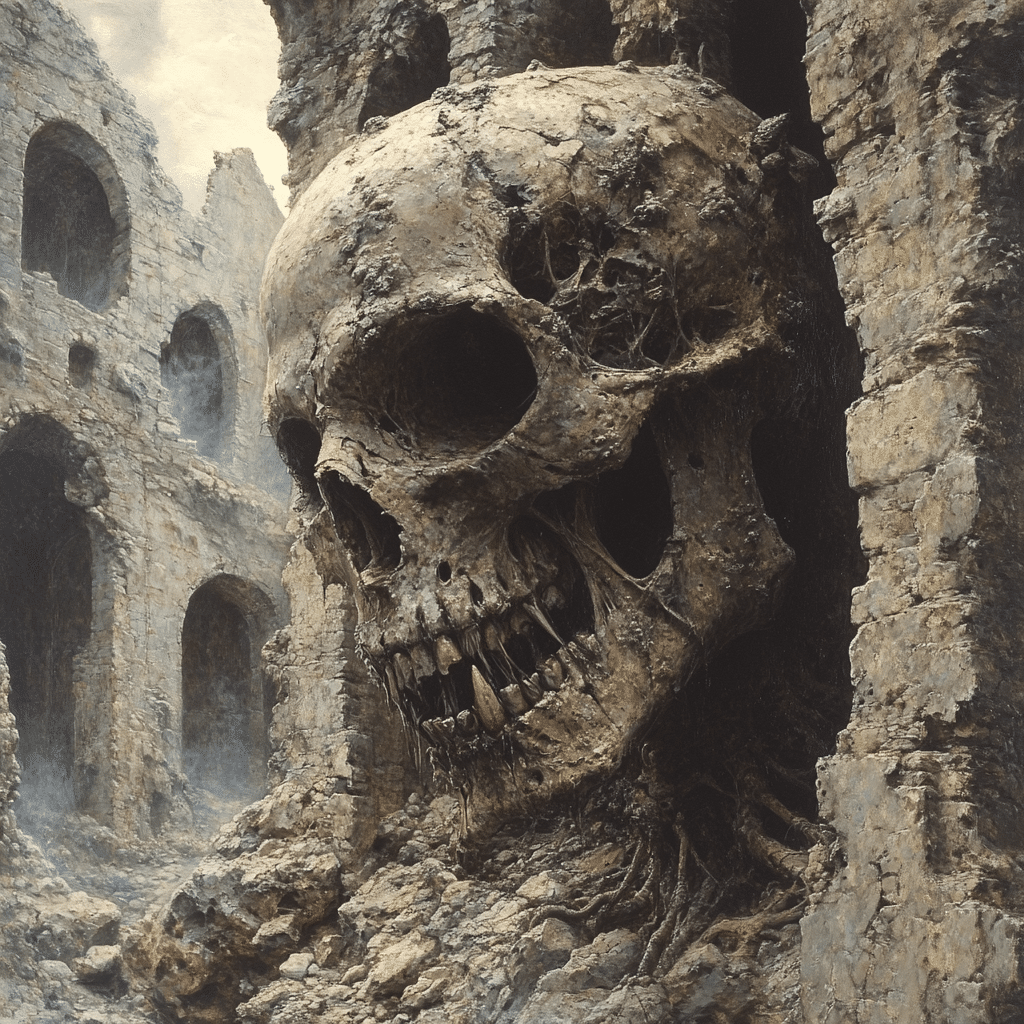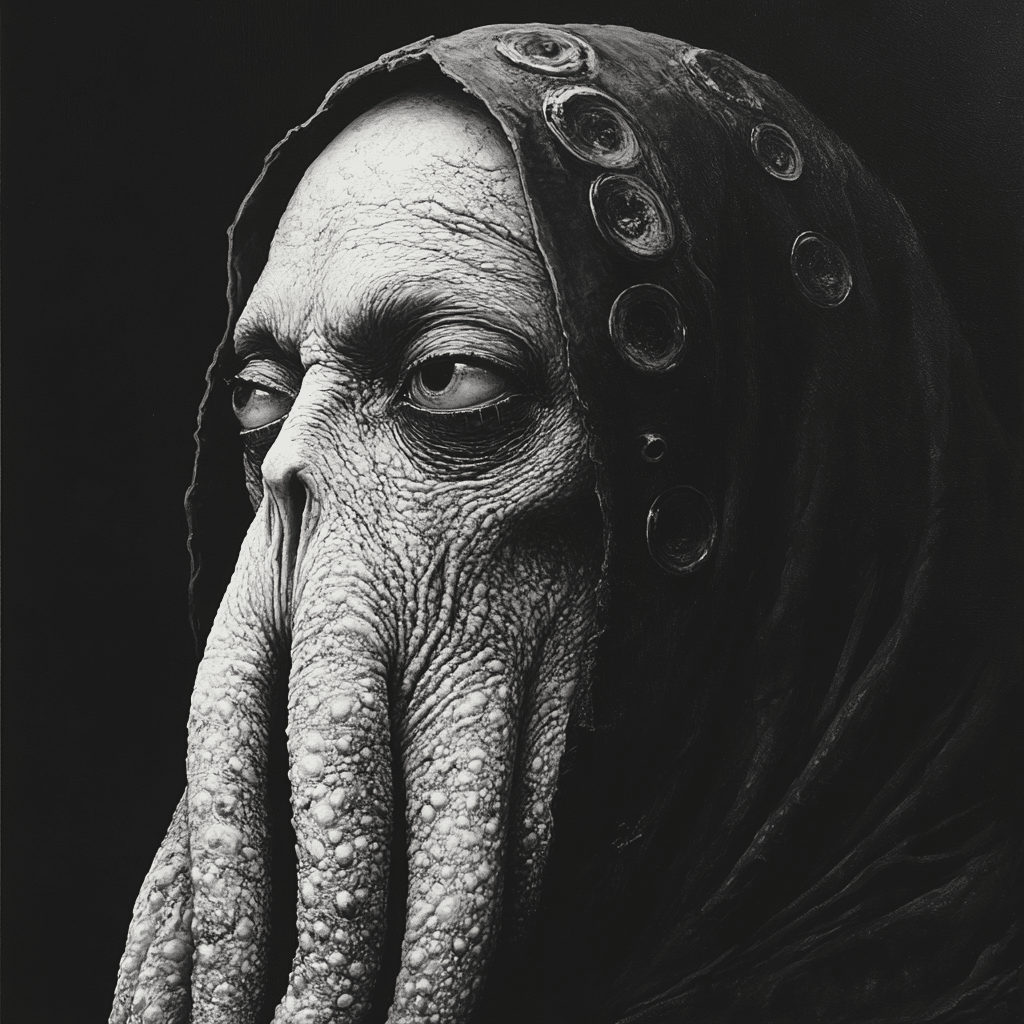Amon Goeth stands as a chilling figure in the annals of history, synonymous with the brutal reality of the Holocaust. As the commandant of the Plaszow labor camp in Poland, his actions inflicted unspeakable suffering on countless Jewish prisoners. This article dives into Goeth’s shocking life, his inhumane acts, and what we can learn from his sinister legacy—a legacy that serves as a stark reminder of the depths of human cruelty.

7 Atrocities Committed by Amon Goeth That Defined His Notoriety
1. The Execution of Prisoners
Let’s kick things off with perhaps the most horrific of all—Goeth’s casual execution of prisoners. Accounts reveal that he often shot individuals from his balcony for fun, treating human lives as mere entertainment. This method of killing wasn’t just brutal; it showcased the dehumanization rampant in the Nazi regime. Just like chilling scenes from cult classics like Schindler’s List, Goeth’s actions highlighted the ruthless depravity that characterized this dark chapter in history.
2. Forced Labor and Deplorable Conditions
Under Goeth’s iron grip, Plaszow was no Eden. Prisoners faced grueling exploitation, forced to work in dire conditions with barely enough food to survive. You could practically smell the desperation as these individuals labored in a hellscape devoid of dignity—much like the bleak settings in dystopian films. Just imagine it: bodies worn down by malnutrition and fatigue, a testament to the brutality of Nazi labor policies that mirror the darkest themes in cinema.
3. The Role in Ghetto Liquidation
Amon Goeth had a hand in the grim liquidation of the Kraków ghetto, spearheading the mass deportation of Jewish families to extermination camps like Auschwitz. His involvement marked him as a key player in the Nazi extermination machine, embodying the terrifying efficiency that echoes the themes of despair showcased in films about this period. It’s a horrifying reminder of how a single individual can be a cog in a vast and devastating machine.
4. Brutality Exhibited in Personal Interactions
Personal accounts reveal Goeth was not just a faceless monster—he thrived on sadism. Eyewitness testimony paints a picture of a man who took joy in inflicting pain and terror on those around him. It’s the kind of frightening villain we often see in movies, but here it played out in chilling reality, leaving behind a trail of fear that spread through the camp like a dark cloud.
5. The Use of Sniper Rifles Against Prisoners
When it came to executing prisoners, Goeth preferred using a sniper rifle, showcasing his callous detachment from the act of killing. Shooting from a distance wasn’t just practical; it seemed to provide him with a perverse thrill. In this way, Goeth’s actions parallel certain cinematic tropes where the villain maintains a menacing distance, reminding us how detached cruelty can be.
6. Exploitation of Jewish Assets
But Goeth wasn’t only about bloodshed; he also enriched himself through sheer thievery. He systematically stole property and assets from Jewish families, compounding his atrocities by stripping victims of their dignity. It’s like watching the villain in a blockbuster hit used their power to seize what isn’t rightfully theirs, a demonstration of moral bankruptcy that has resonated with audiences for generations.
7. Post-War Trial and Legacy
After the war, Amon Goeth was apprehended and ultimately executed for his heinous crimes. His trial illuminated not just his individual actions but highlighted a broader conversation about complicity and the moral responsibilities of individuals in the face of systematic evil. The narrative serves as a powerful reminder in films today—how society must confront its uncomfortable truths and take responsibility.

The Psychological Profile of Amon Goeth
To truly grasp Amon Goeth, we need to peer into the mind of this villain. Psychologists suggest that Goeth’s sadistic tendencies may stem from a mix of personality disorders and an extremist ideology that justified his brutal violence. Just like characters in films that challenge our understanding of human psychology, Goeth challenges us to think about how ordinary people can become perpetrators of evil.
You must wonder, how could someone carry out such atrocities with seemingly no moral compass? This raises questions about authority and obedience. Social psychologists like Stanley Milgram have demonstrated how individuals can commit heinous acts under the guise of duty, suggesting that Goeth’s actions were not merely the result of personal depravity but a reflection of a chilling capacity for cruelty fostered by a toxic ideological environment.
This psychological exploration is crucial, as it warns us of the potential for such cruelty in any societal structure. As cinema enthusiasts, we must reflect on films that tackle these themes, urging viewers to consider the fine line between obedience and moral duty.
Lessons From Amon Goeth’s Atrocities
The legacy of Amon Goeth ripples through time, carrying lessons that remain relevant today. His story demonstrates the chilling potential for cruelty that resides within humans when hatred and ideological extremism take root. It’s a narrative echoing in important historical films, urging us to remember, learn, and strive for a future where such horrors are never repeated.
Reflecting on Goeth and the milieu that allowed him to flourish brings forth questions about complicity in systemic violence. In the same way that compelling films challenge us to grapple with ethical dilemmas, our examination of Goeth underscores the necessity for ongoing conversations surrounding human rights and accountability.
As we continue to navigate a world filled with discrimination and intolerance, Goeth’s life serves as a powerful metaphor. It compels us to cultivate empathy, engage in critical dialogues, and strengthen our commitment to preventing the recurrence of such heinous acts. Only then can we hope to shape a future—a future that celebrates dignity and respect for all, much like the uplifting narratives we adore in our favorite films.
For film fanatics interested in more content like this, consider checking out articles about other intricate characters such as Sensational Sherri, delve into the cultural commentary surrounding Living Sober, or even check out the recent buzz on Kal Penn Movies And TV Shows. Don’t forget to explore the latest updates in film phenomena like the creative direction behind 1989 Taylor’s Version vault or the latest cinema technology showcased at places like Island 16. Each of these narratives helps us reflect on how cinema mirrors our world, even as we navigate darker chapters of history.
In the grand narrative of cinema, Amon Goeth serves as a stark yet crucial character—an emblem of what we must remember and never forget.
Amon Goeth: The Notorious Commandant Behind Holocaust Atrocities
A Chilling Legacy
Amon Goeth stands infamously within history as a symbol of cruelty and horror during the Holocaust. His tenure as a commandant in Auschwitz took a heavy toll, with countless lives lost under his brutal regime. Interestingly, Goeth’s life inspired cinematic portrayals, most notably in Schindler’s List, where Ralph Fiennes brought his chilling character to life. Likewise, the character of Goeth in George Clooney’s The Monuments Men presents a unique take on how art intersects with these dark historical narratives.
Speaking of darker themes, did you know that tarot card readings, particularly focusing on the death tarot, often evoke discussions about transformation and endings? It’s intriguing how such motifs can relate to the cycles of history, often paralleling episodes like Goeth’s in terms of rebirth and renewal, albeit through a gruesome lens. The historical misuse of power often leads to artistic reflections that challenge us to confront uncomfortable truths, such as those surrounding Goeth’s actions.
Behind Closed Doors
In a twist of fate, Amon Goeth had a notable obsession with the hunting of humans, which he deemed akin to sport. His infamous balcony was a chilling vantage point from which he reportedly executed individuals at will. This macabre pastime highlights the pleasures of sadism, a sentiment echoed in various forms of media, including the darker comedy Nappa, where characters deal with moral dilemmas in their own twisted ways. The connection between entertainment and shocking historical realities is a thought-provoking one that keeps coming up in today’s conversations.
Moreover, you might be surprised to learn that Goeth was more than just a ruthless leader—he had a life before the horrors of the Holocaust that filled the pages of his biography. His privileged upbringing also shows how individuals can deviate dramatically from their foundation, a theme explored in pop culture today. For example, Taylor Swift’s 1989 (Taylor’s Version) embodies personal transformation while navigating fame, just as historical figures’ legacies are often reshaped over time.
The Dark Fascination
Goeth’s legacy grips the imagination, prompting filmmakers and storytellers to draw parallels between historical atrocities and their impact on modern narratives. The intriguing case of Chloe Greens storytelling through a digital platform reflects a modern renaissance of examining past horrors, pushing society to learn and engage with history’s lessons. The way we react and relate to historical figures like Amon Goeth shapes discussions about morality and humanity today.
As we glance over the landscape of history, it’s crucial to understand how the past, represented by figures like Amon Goeth, continues to influence our present. Whether it’s through film, literature, or even accessing platforms like DistroKid to create impactful music, the age-old struggles with power and ethics remain relevant. Ultimately, grappling with these dark chapters allows us to foster a deeper understanding of humanity’s potential for both good and evil.





